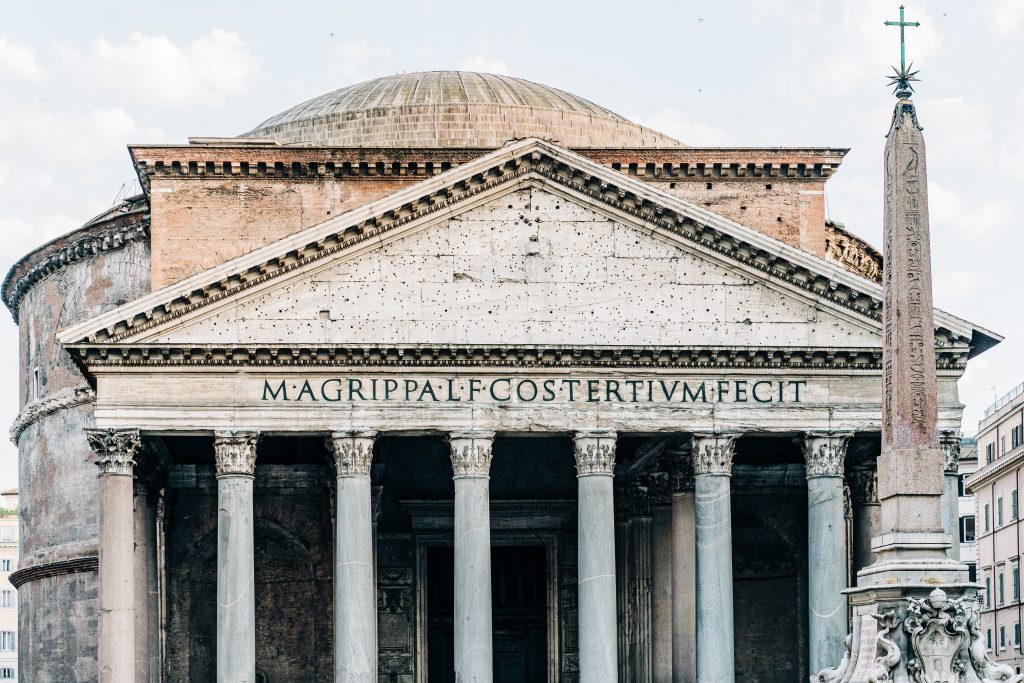The Pantheon in Rome was constructed around 2,000 years ago, and its enduring presence attests to the architectural ingenuity and concrete technology advancements of the ancient Romans. The massive circular hall with an unreinforced concrete dome remains the world’s largest of its kind. Even today, it stands as a testament to the remarkable achievements of its time. While admission is free, a guided audio tour is recommended for a more comprehensive exploration of this ancient marvel.

Originally erected as a religious structure during the Roman era, the Pantheon later underwent transformation into a church. Its construction commenced around 27 BCE, but a destructive fire in 80 CE led to its reconstruction, initiated by Emperor Hadrian in 125 CE. This rebuilding effort restored the Pantheon to its former glory, preserving its unique features for future generations to admire.

Upon entering the Pantheon, visitors encounter a structure characterized by a simple and clear-cut design. The main body assumes a circular form, topped by a magnificent dome. The dome features a circular opening with a diameter of 8.9 meters, allowing natural light to flood the interior. This distinctive design not only illuminates the space but also creates a dynamic play of light and shadow as the sun’s position shifts, imparting a sense of divine solemnity.

The Pantheon’s historical significance is further underscored by its transition from a Roman temple to a Christian church in the 7th century. Today, it stands as one of the world’s oldest churches still in use, incorporating elements of both Greek and Roman architecture. This enduring masterpiece continues to captivate tourists and scholars, offering a glimpse into the rich history of ancient architectural engineering and design.



